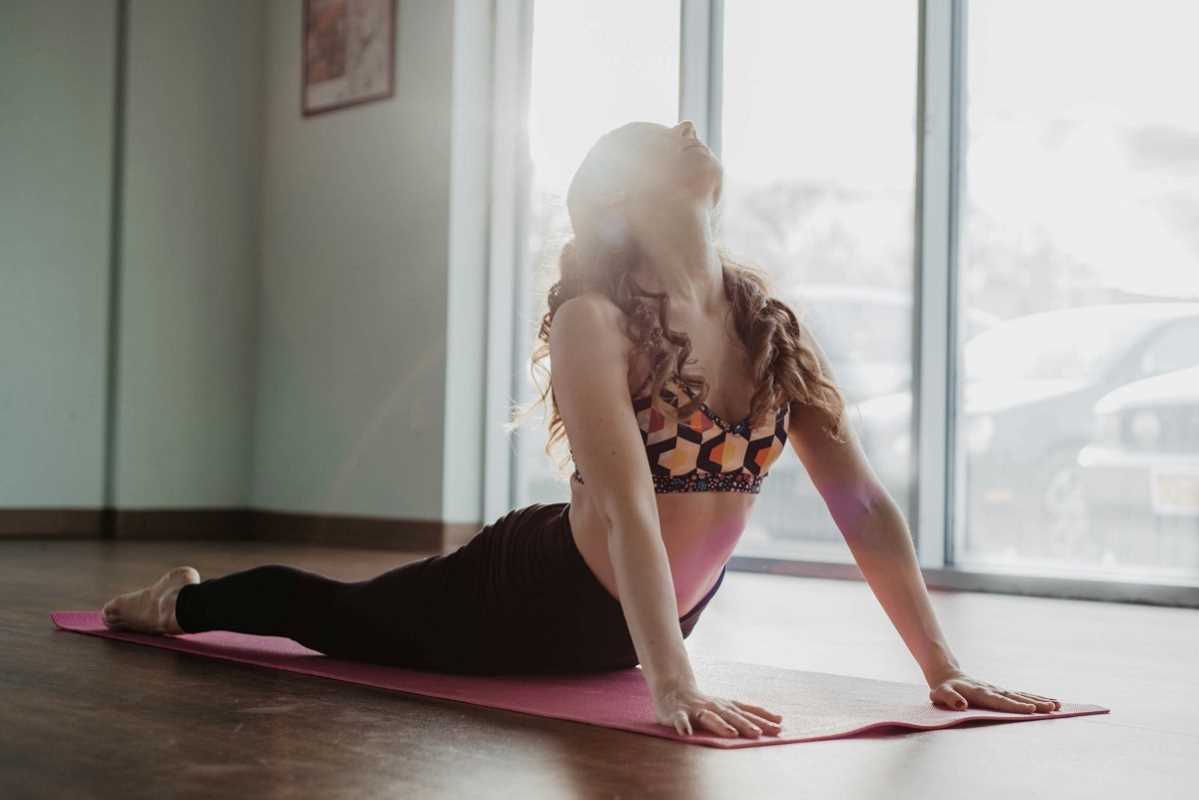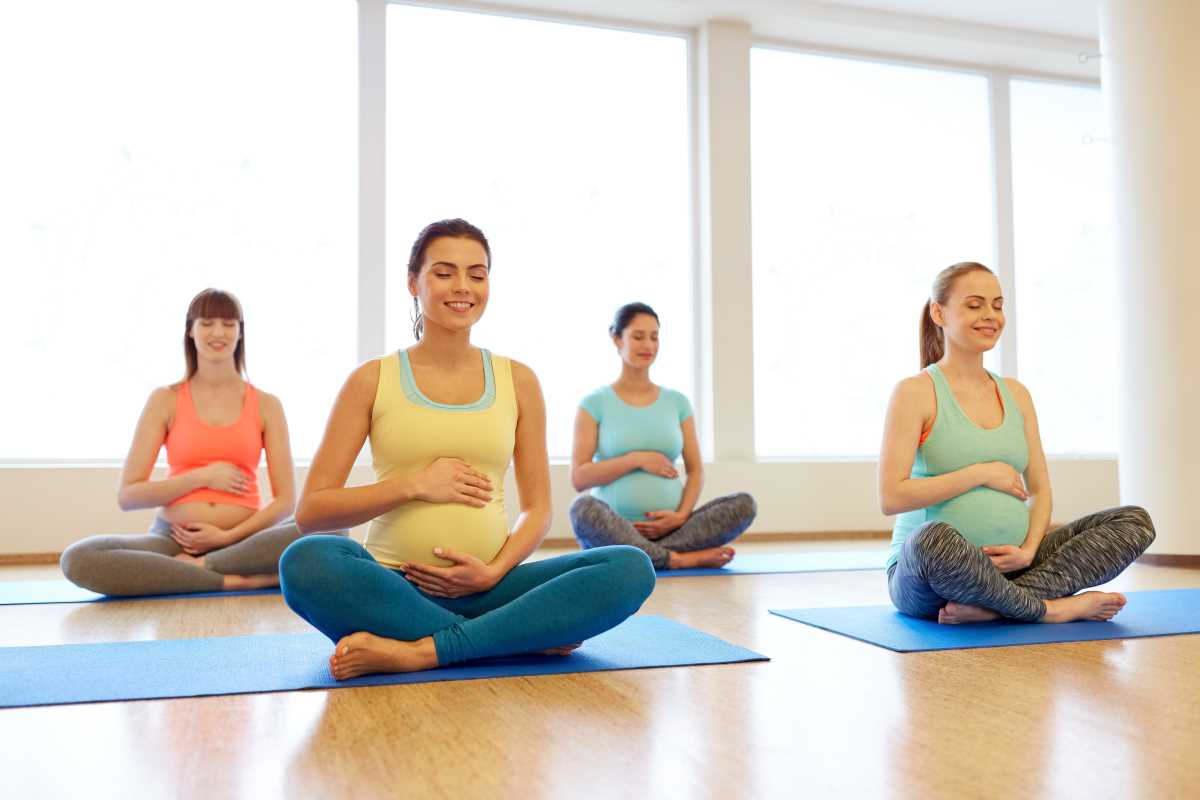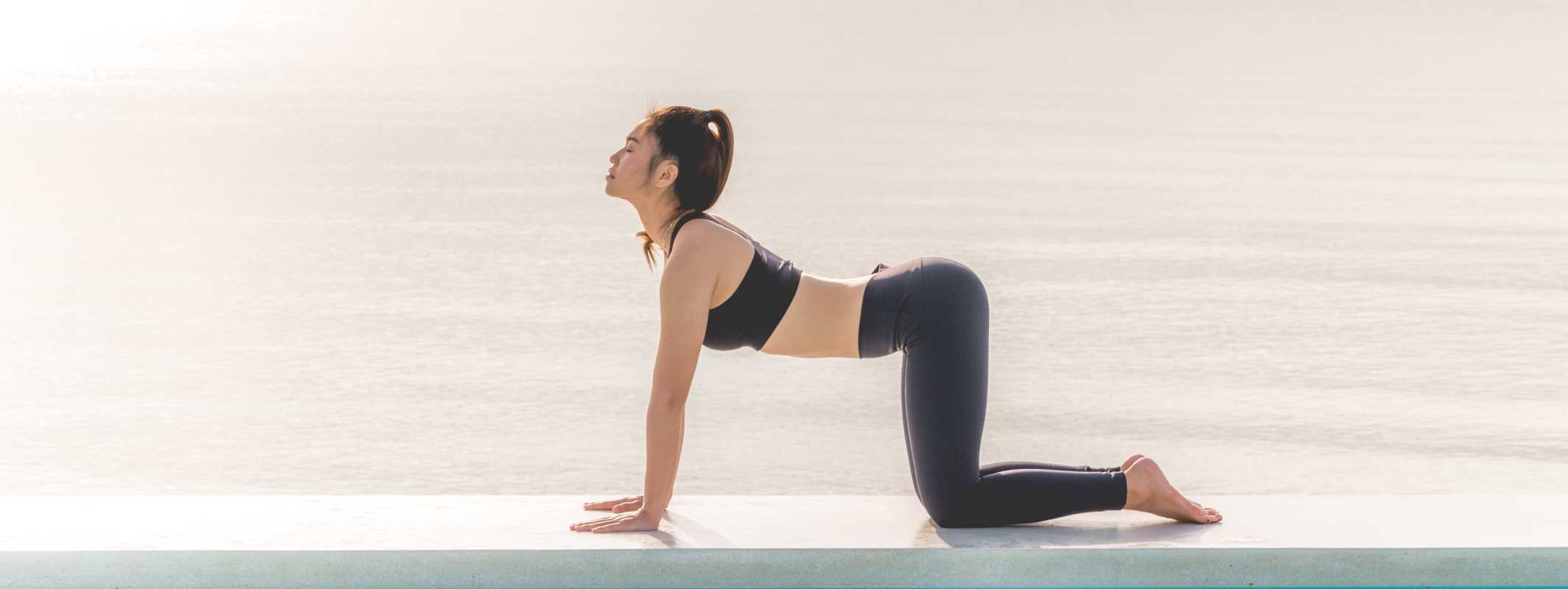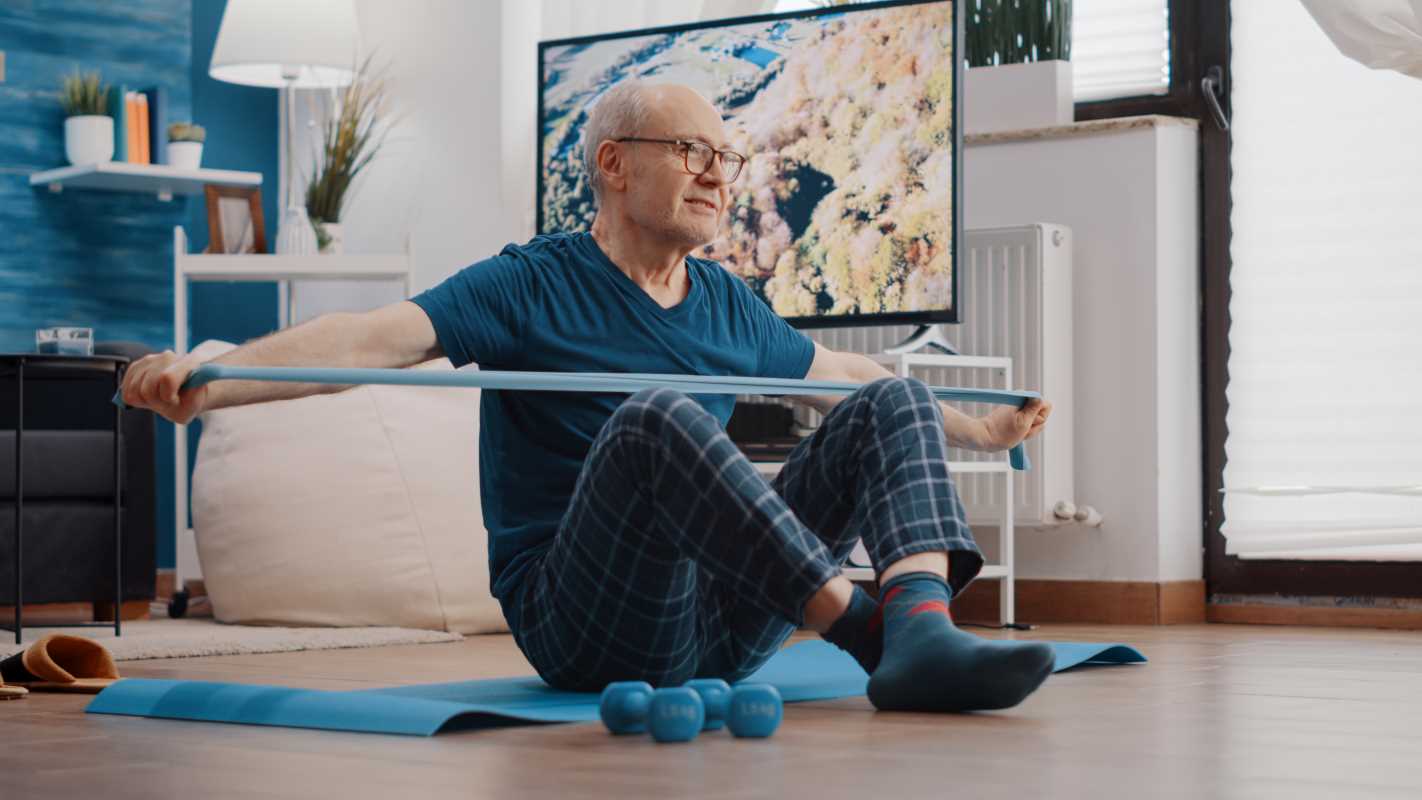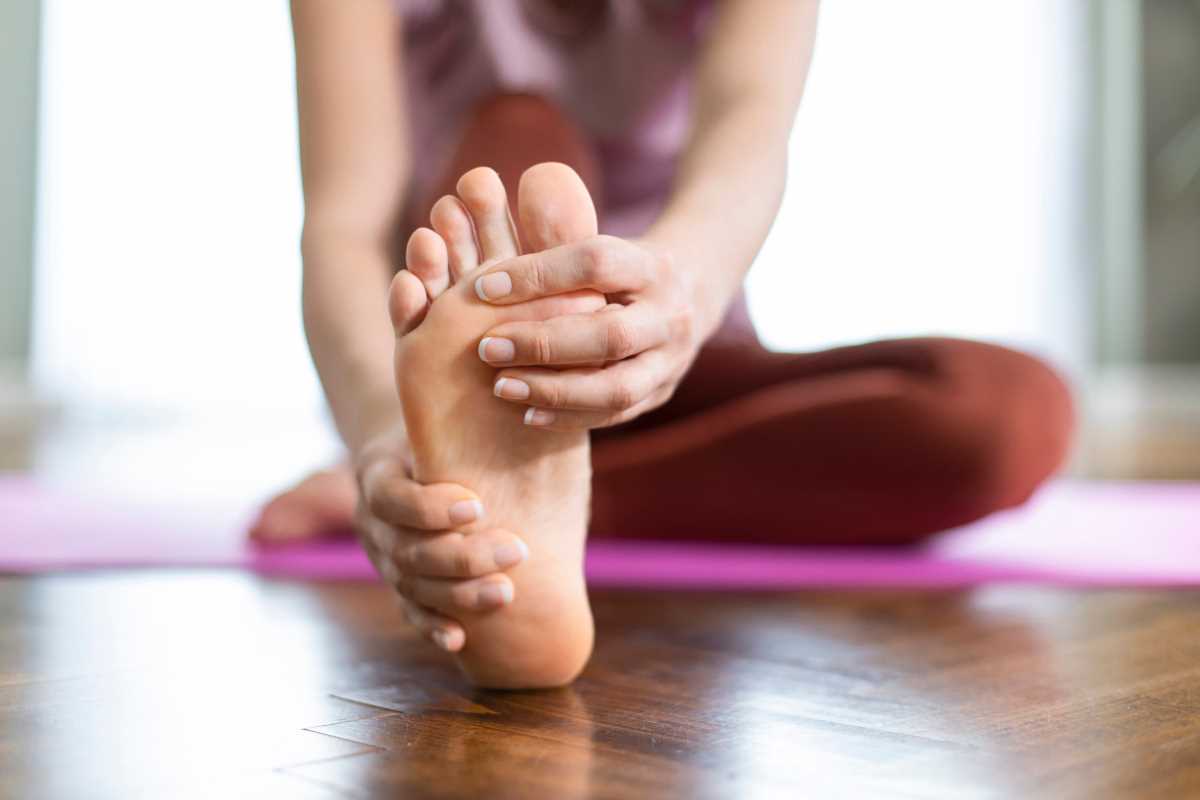Vertigo changes how a person lives. This common condition causes dizziness, unsteadiness, or a spinning sensation, making day-to-day activities like walking unsafe. Exercises designed to improve balance can make a significant difference in overall balance and give someone with vertigo a little more independence. These movements help strengthen the muscles that support stability, retrain your brain to process spatial awareness, and reduce the risk of falls. By practicing specific balance exercises consistently, you can regain confidence, improve your sense of balance, and make getting around easier. We're highlighting some simple yet effective exercises tailored for vertigo sufferers that you can do at home.
1. Standing Head Turns
Head movement often triggers vertigo symptoms, so practicing controlled head turns can help desensitize your body and improve spatial awareness.
- Stand near a sturdy chair or countertop for support in case you need it.
- Slowly turn your head from left to right while keeping your body steady.
- Repeat 10 times in each direction at a slow, manageable pace.
- Progress to moving your head up and down once you feel comfortable.
This exercise trains your brain to process head movements more effectively, reducing dizziness and making everyday activities like walking less intimidating.
2. Heel-to-Toe Walk
Heel-to-toe walking strengthens stabilizing muscles in your feet and improves coordination.
- Find an open space and stand tall.
- Place one foot directly in front of the other so the heel of one foot touches the toes of the other.
- Take slow, careful steps in a straight line for about 10–15 feet.
- Use a wall or a sturdy surface for support if needed.
This exercise helps improve balance by challenging your body to maintain stability in a narrow stance, making walking on uneven surfaces or crowded areas easier.
3. One-Leg Stands
Balancing on one leg builds core strength and focuses your body’s stabilizing systems.
- Stand near a wall or a sturdy chair for safety.
- Lift one foot a few inches off the floor, balancing on your standing leg.
- Hold this position for 10–30 seconds, then switch legs. Repeat 3–5 times on each side.
- Gradually reduce reliance on support as your balance improves.
Consistently practicing this movement strengthens the ankle muscles and enhances your overall stability.
4. Gaze Stabilization Exercises
Gaze stabilization retrains your brain to reduce dizziness by improving the connection between your eyes and the vestibular system.
- Hold a small object, like a pen, at arm’s length in front of you.
- Focus on the object as you slowly move it from left to right, making sure your head stays still.
- Repeat for about 30 seconds to 1 minute.
- Progress by introducing head movements while keeping your eyes locked on the object.
This exercise improves coordination between your visual and balance systems, reducing spinning sensations.
5. Seated Marches
Seated exercises are great for days when dizziness makes it unsafe to exercise when standing. Marching in place when seated keeps your body moving safely.
- Sit on a sturdy chair with your back straight and feet flat on the floor.
- Lift one knee toward your chest, lower it, and then lift the other.
- Alternate knees for about 1–2 minutes at a slow, even tempo.
This gentle movement activates your leg muscles and enhances circulation without adding strain or triggering symptoms.
6. Side-to-Side Swaying
Side swaying builds lower body strength and teaches your body to cope with small shifts in balance.
- Stand with your feet shoulder-width apart and weight evenly distributed.
- Shift your weight gently from your left foot to your right in a swaying motion.
- Keep the movement slow and controlled, repeating for 1–2 minutes.
- Increase the pace slightly as you grow more confident.
Mastering small shifts improves control in your torso and legs, key areas for maintaining balance.
7. Backward Walking
Walking backward challenges your sense of mobility differently and engages muscles you don’t use as frequently.
- Find an open, flat space and use a support surface if needed.
- Take small, careful steps backward for 10–15 feet.
- Keep your movements slow, steady, and deliberate.
This exercise builds brain-muscle coordination and reinforces your ability to adapt to less frequent movements, boosting overall balance.
8. Sit-to-Stand Movements
Transitioning confidently from a seated to a standing position is a must for maintaining independence and reducing the risk of falls. This exercise improves leg strength and balance.
- Sit on the edge of a sturdy chair with your feet flat on the ground.
- Push through your heels and stand up slowly without using your hands for support.
- Sit back down in a controlled, slow motion. Repeat 8–10 times.
Strong legs and improved coordination make everyday transitions more manageable and safer.
9. Balance Board or Foam Pad Training
A balance training tool like a wobbleboard or foam pad gently challenges your stability in multiple directions.
- Stand on the board or pad with both feet, holding a chair or wall for balance.
- Shift your weight forward and backward or side to side, maintaining control.
Gradually reduce reliance on the support surface as you improve.
Using unstable surfaces teaches your body to react faster to shifts in balance, improving agility and reducing dizziness.
10. Epley Maneuver for Vertigo Caused by BPPV
If your vertigo is caused by benign paroxysmal positional vertigo (BPPV), the Epley maneuver targets the displaced crystals in your inner ear.
- Sit upright on a bed with your legs stretched out.
- Turn your head 45 degrees to one side and quickly lie back, keeping your head turned. Hold this position for 30–60 seconds.
- Gradually turn your head to the opposite side and hold again.
- Return to a sitting position slowly, allowing your body to adjust.
This maneuver helps reposition crystals in your ear, reducing the spinning sensation caused by BPPV.
Tips for Safe Practice
- Perform exercises in a calm, quiet environment free of distractions.
- Start with short sessions (5–10 minutes) and gradually increase duration as you gain confidence.
- Use sturdy surfaces for support, like walls, countertops, or chairs.
- Stop immediately if you feel overly dizzy or fatigued.
- Consult a healthcare provider if you’re unsure about trying certain movements.
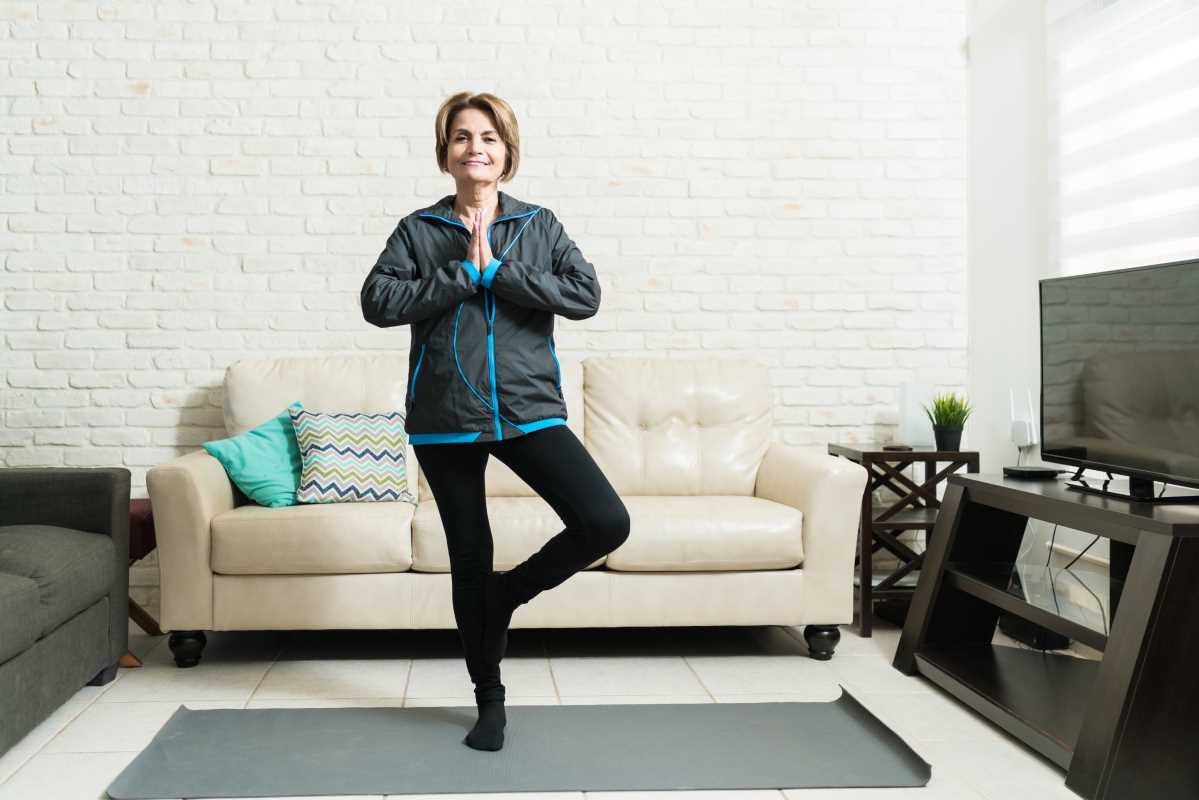 (Image via
(Image via